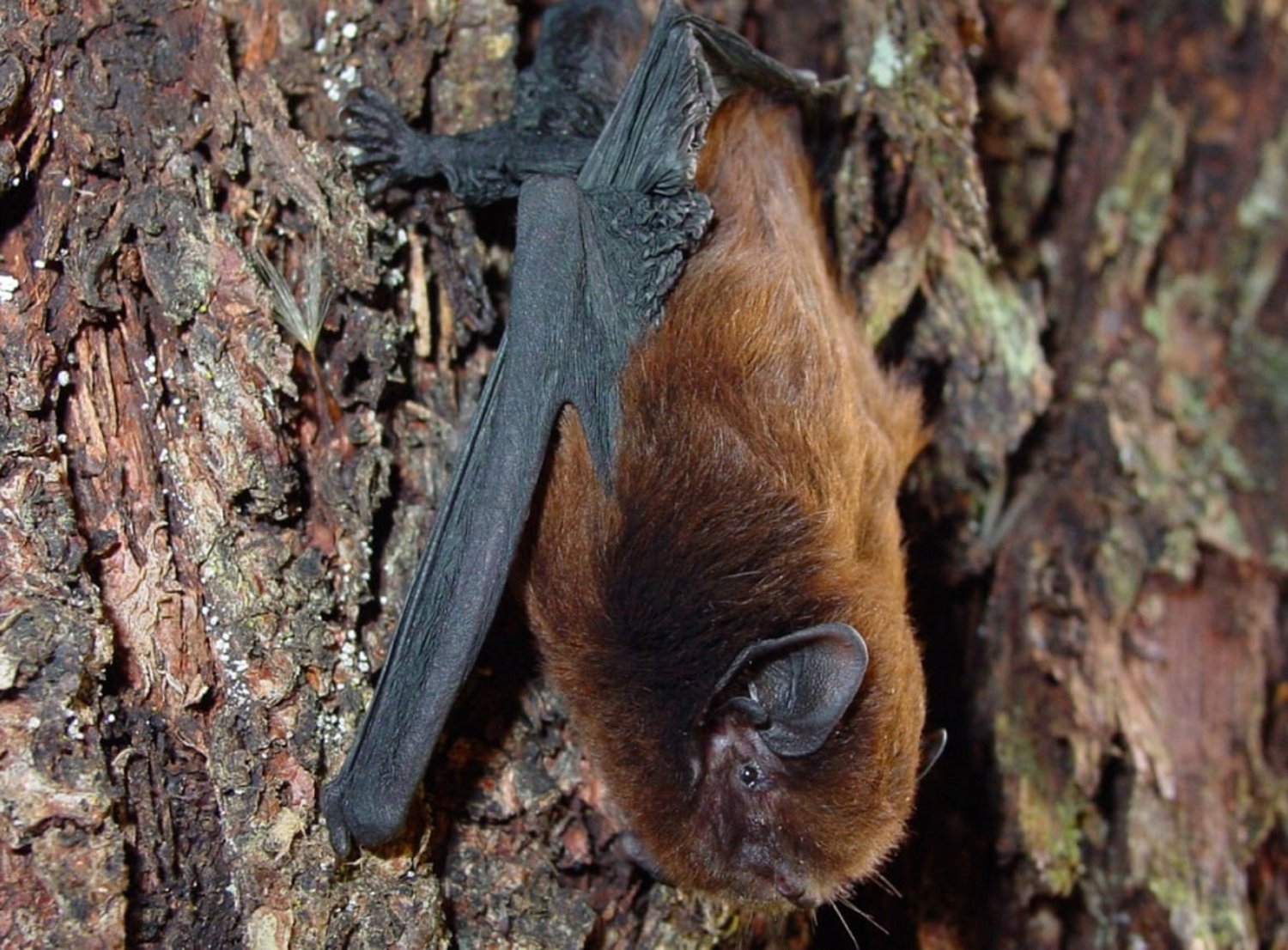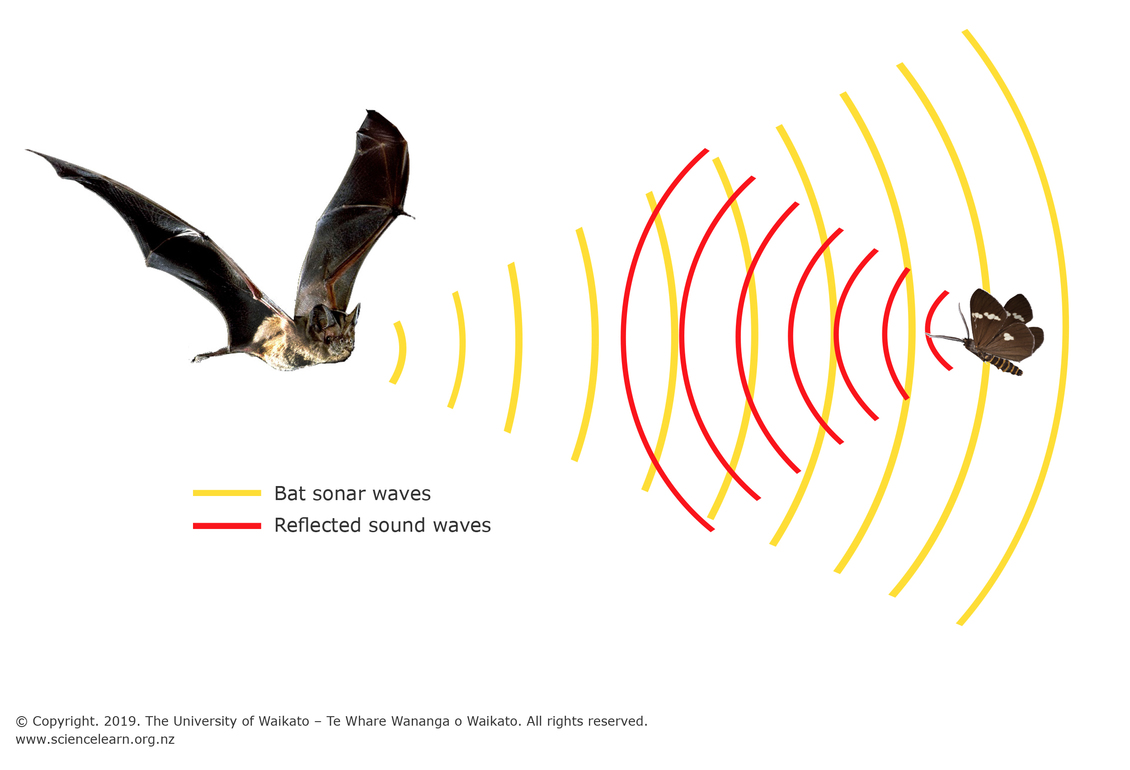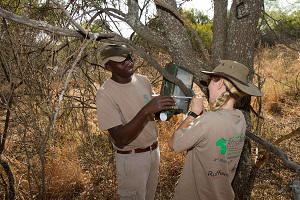Introduction: Auckland's Innovative Approach to Bat Conservation
Auckland Harbour, a bustling hub of maritime activity, is now home to a unique conservation initiative that blends adventure tourism with cutting-edge technology. Twilight kayak tours are offering participants the chance to witness the elusive New Zealand long-tailed bat, or pekapeka, in its natural habitat, thanks to innovative echolocation technology [1]. This approach not only provides an unforgettable experience for tourists but also contributes significantly to bat conservation efforts in the region [2].

The Pekapeka: New Zealand's Endangered Bat
The New Zealand long-tailed bat (Chalinolobus tuberculatus), known as pekapeka in Māori, is one of the country's only two native land mammals [3]. Sadly, this fascinating creature is classified as nationally critical, facing significant threats from habitat loss, predation by introduced species, and human activities [4]. Conservation efforts are crucial to ensure the survival of this unique species. These bats play an important role in the ecosystem, primarily feeding on insects [5].
Key facts about the Pekapeka:
- Scientific Name: Chalinolobus tuberculatus
- Conservation Status: Nationally Critical
- Habitat: Native forests, roosting in trees and caves
- Diet: Primarily insects
- Threats: Habitat loss, introduced predators (e.g., rats, cats, stoats)

Echolocation Technology: How It Works
Echolocation is a biological sonar used by bats to navigate and hunt in the dark [6]. They emit high-frequency sound waves and listen for the echoes that bounce back from objects in their environment. By analyzing these echoes, bats can determine the size, shape, distance, and movement of objects, including their prey [7].
The twilight kayak tours utilize specialized bat detectors that pick up the ultrasonic calls of the pekapeka, making them audible to humans [8]. These detectors amplify the bat's echolocation signals, allowing tour participants to hear the bats as they hunt for insects over the water. This technology provides a non-intrusive way to observe these nocturnal creatures without disturbing their natural behavior [9].

The Twilight Kayak Tours: A Unique Ecotourism Experience
Auckland Harbour's twilight kayak tours offer a unique ecotourism experience that combines adventure with education and conservation [10]. Participants paddle through the calm waters of the harbor as dusk settles, using bat detectors to listen for the pekapeka. Knowledgeable guides provide insights into the bat's biology, behavior, and the threats it faces, as well as the conservation efforts underway to protect it [11].
These tours not only provide a thrilling experience but also raise awareness about the importance of bat conservation. By engaging with the public and fostering a sense of connection with these fascinating creatures, the tours contribute to a broader understanding of the need to protect New Zealand's biodiversity [12].

Benefits of Bat-Friendly Technology and Ecotourism
The integration of bat-friendly technology into ecotourism initiatives like the Auckland Harbour kayak tours offers numerous benefits:
- Conservation: Provides valuable data on bat populations and behavior [13].
- Education: Raises public awareness about bat conservation [14].
- Ecotourism: Creates sustainable tourism opportunities that benefit local communities [15].
- Research: Facilitates scientific research on bat ecology and echolocation [16].
By promoting responsible tourism practices and supporting conservation efforts, these initiatives contribute to the long-term survival of the pekapeka and other threatened species [17].

Conclusion: A Model for Future Conservation Efforts
Auckland Harbour's twilight kayak tours serve as a model for future conservation efforts, demonstrating how technology and ecotourism can be combined to protect endangered species [18]. By engaging the public, raising awareness, and supporting research, these initiatives contribute to a more sustainable future for both the pekapeka and the environment [19]. As technology advances and ecotourism grows, we can expect to see more innovative approaches to conservation that benefit both wildlife and communities [20].
Consider supporting organizations dedicated to bat conservation in New Zealand, such as the Department of Conservation (DOC) [21]. You can also participate in citizen science projects to help monitor bat populations and contribute to research efforts. Every action, no matter how small, can make a difference in protecting these remarkable creatures for future generations [22].

So, grab your paddle and your newfound knowledge, and get ready to experience the magic of pekapeka in a whole new light! Who said Auckland is boring? 😊
-JAFA
Comments
Post a Comment